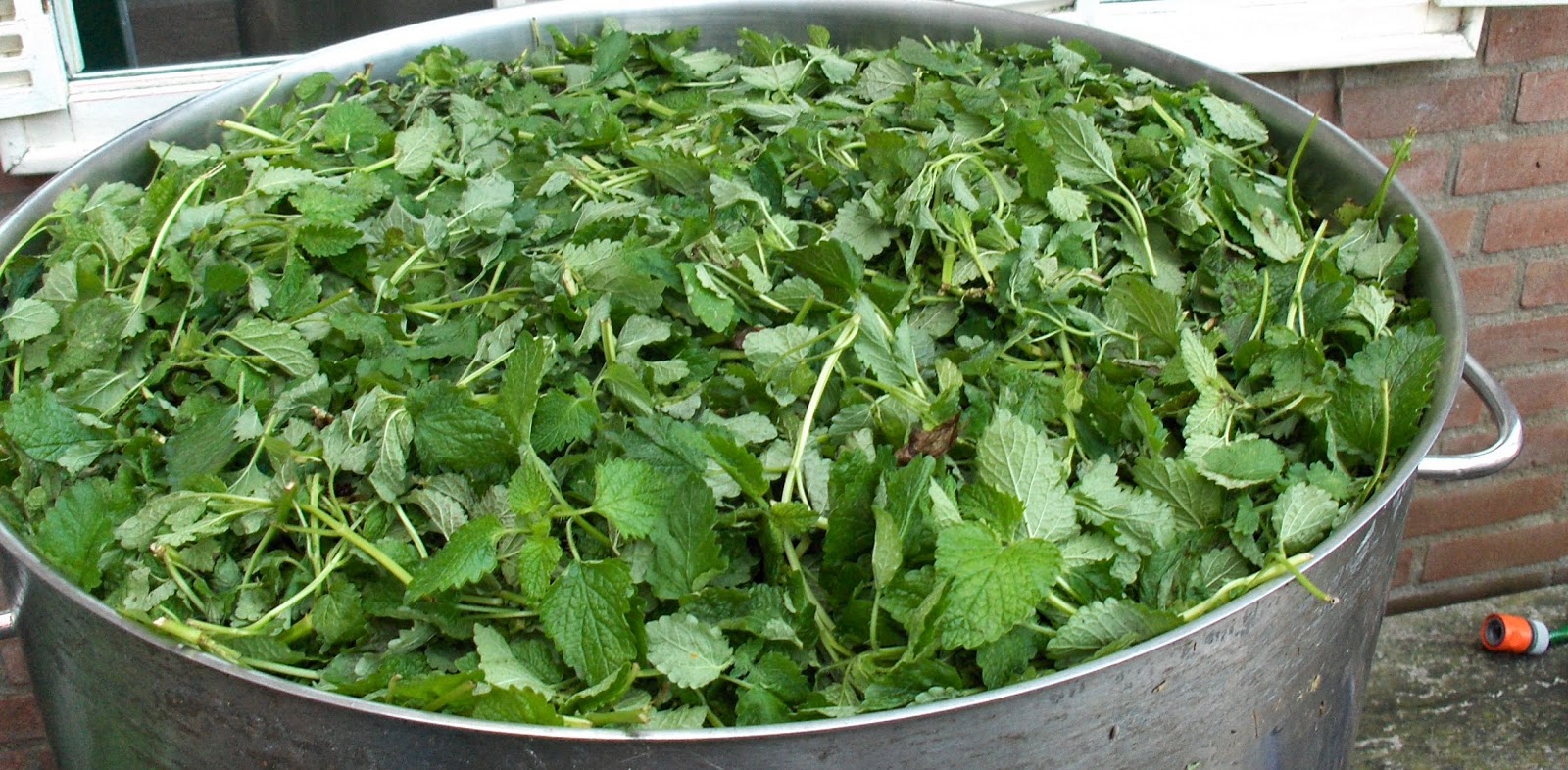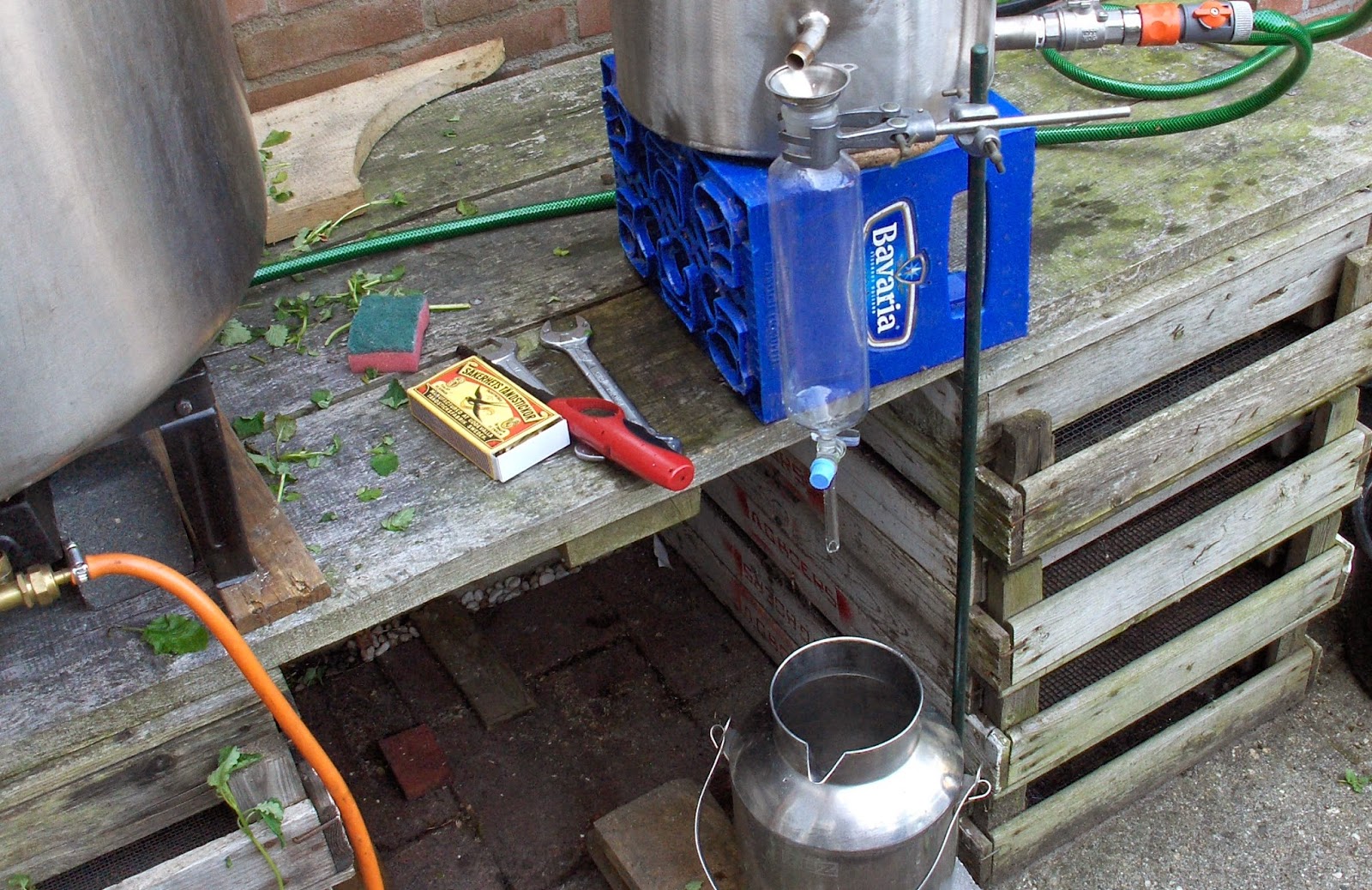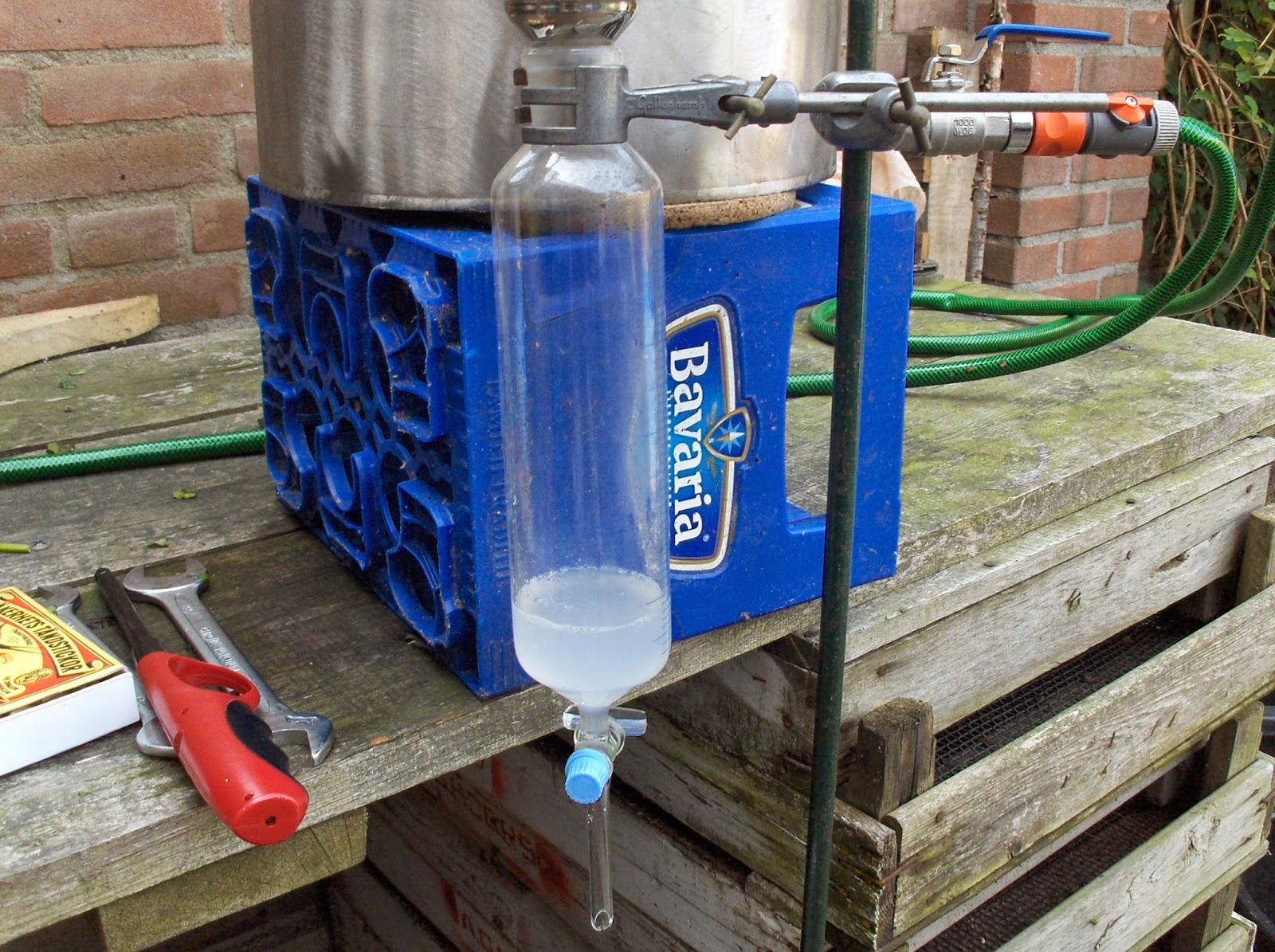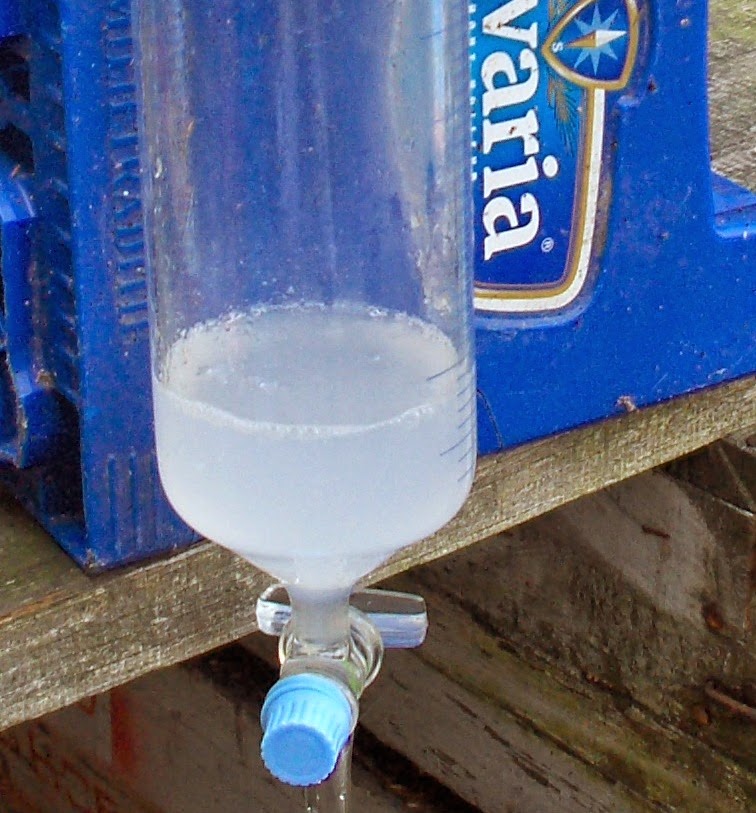In my previous article I wrote about distilling orange peels. Out of 33 Kg orange peels I distilled 100 ml essential oil.
From literature and a number of analyzes undertaken by IFF for students in my school I knew that the main component of the oil is limonene.
I thought it was interesting to analyze the composition of the oil. Last Saturday I received the analysis results.
| Citrus Sinensis var. Valencia late |
 |
| Uit: The Chemistry of Essential Oils Made Simple van David Stewart |
Peak
|
RT (min)
|
Compound name
|
%
|
Norm (%)
|
Allergens
(%)
|
5
|
13,3
|
b-MYRCENE
|
1,75
|
1,50 – 3,50
| |
8
|
16,2
|
LIMONENE
|
93,99
|
93,0 – 96,0
|
93,99
|
17
|
20,7
|
OCTANAL
|
0,23
|
0,10 – 0,40
| |
18
|
27,6
|
NONANAL
|
0,05
|
0,01 – 0,06
|
a part of the composition in mass %
The percentage of limonene, nearly 94%, is indeed high. Even higher than David Stewart in his book indicates as upper limit. Pyrenessences who performed the analyzes detected 68 different substances.
 |
The final conclusion was that the oil composition complies with the ISO 3140: 05-2011 standard for sweet orange. The oil complies with this standard, if the analysis shows that the compunds be within a certain percentage. For limonene that is between 93 and 96%.
If you are interested in more analysis results please send an email with a request for some background to indekoperenketel@gmail.com.
If you are interested in more analysis results please send an email with a request for some background to indekoperenketel@gmail.com.

















